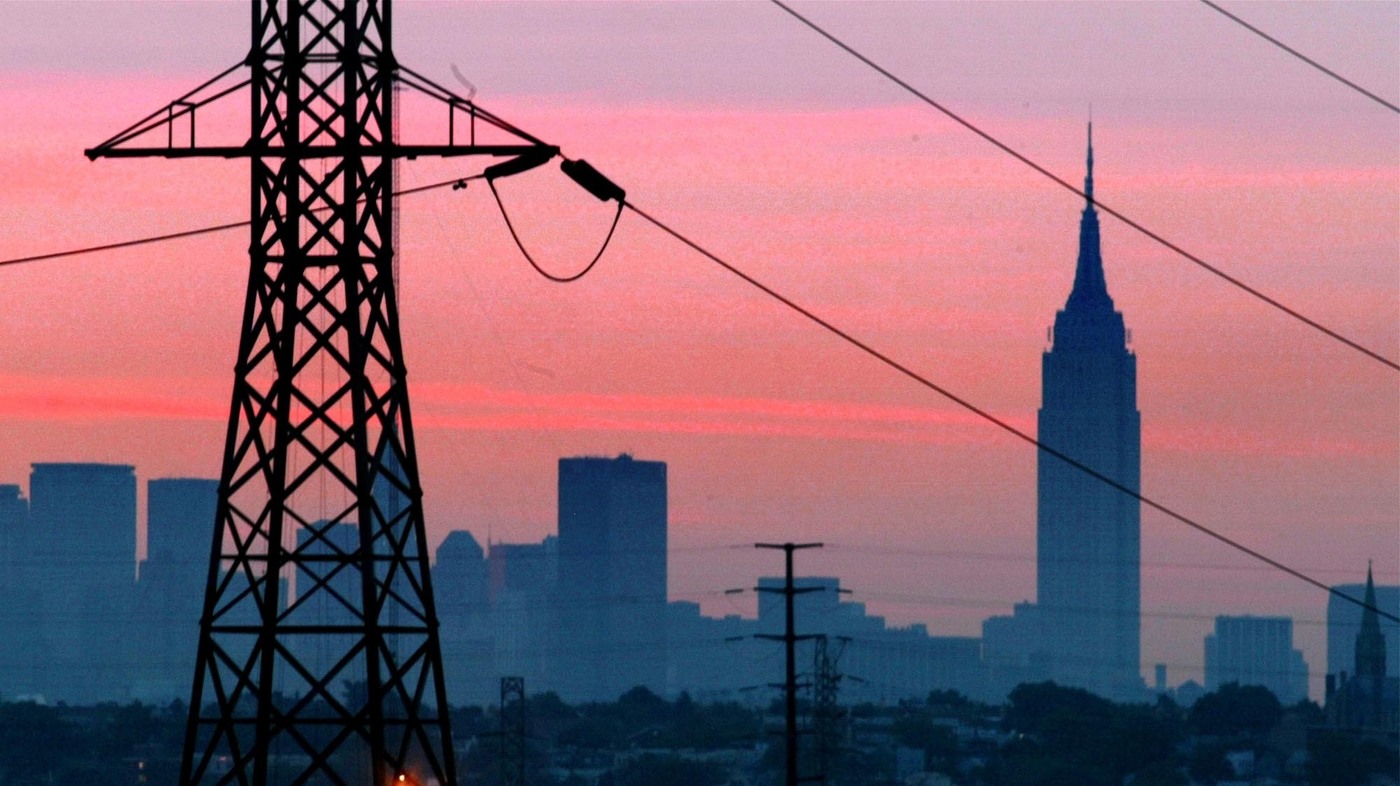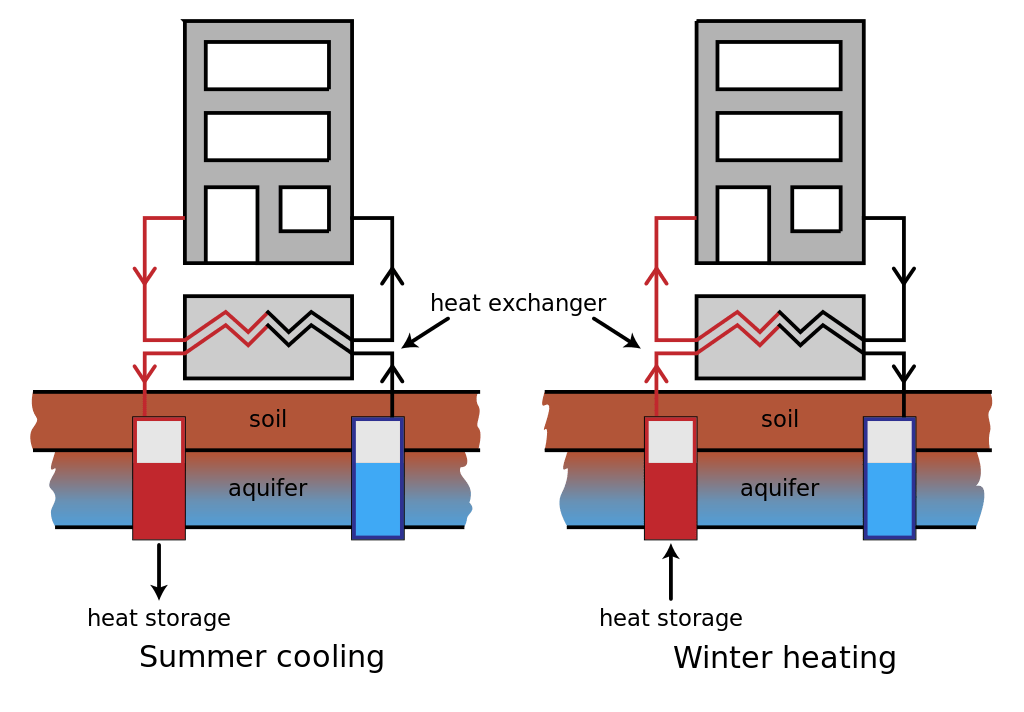Forward-looking: Heating and cooling buildings through fossil fuels is a major contributor to the carbon emissions driving climate change. A new study presents an alternative temperature regulation method that lowers emissions and significantly decreases the strain on power grids by storing and exchanging heat using underground water.

Humans have dug wells to retrieve drinking water from aquifers for thousands of years. However, since groundwater maintains relatively stable temperatures, it can store and exchange heat. A new study in Applied Energy claims that many structures could heat and cool themselves using groundwater, turning aquifers into renewable energy sources.
An aquifer thermal energy storage (ATES) system would use two wells to pump water in and out of an aquifer – one hot and one cold. The warm water is stored underground and pumped out to heat the structure in the winter. During the summer, a building could pump cool water out of the cold well while a heat exchanger and heat pump transfer the heat from the structure into the water, similar to water coolers for PCs.

The process is more efficient than conventional heating and air conditioning because it reuses the same water and heat year-round. The pumps and exchangers require separate energy sources, but they could rely on wind or solar energy to make the entire process based on renewables.
The primary challenge facing ATES is that it requires aquifers. The groundwater doesn't need to be drinkable, but surveyors need to ensure its flow is easily controllable. Further study is needed to determine its cost and impact on renewable energy integration before ATES can gain wide adoption.
Aquifer thermal energy storage follows a principle similar to gravity batteries. A January study proposed that moving sand up and down abandoned mine shafts could act as a kinetic energy generator, storing and releasing the energy using gravity. The method could theoretically store tremendous amounts of power because there are millions of compatible mine shafts across the globe.
A €2 billion, 14-year project in Switzerland reached completion last year, applying the same fundamental concept to water. Instead of storing and releasing heat, the power plant moves the water back and forth between two elevations to reuse hydroelectric power.